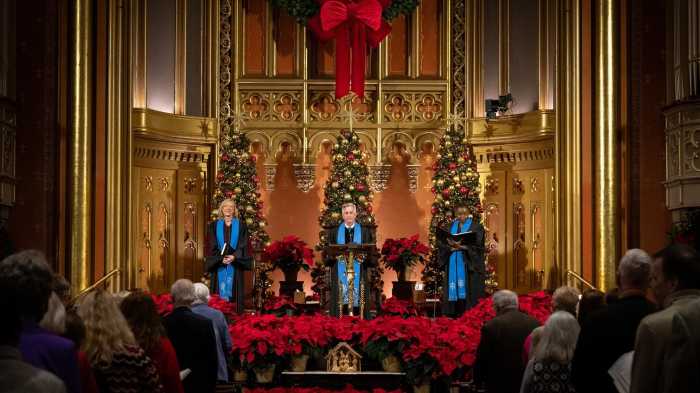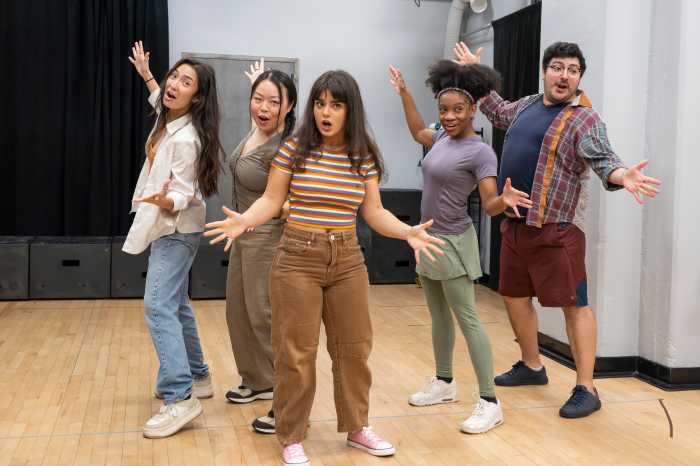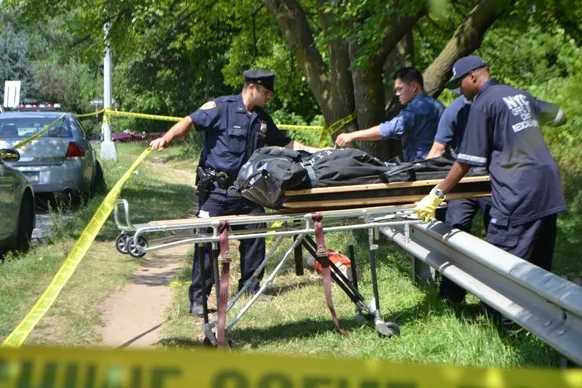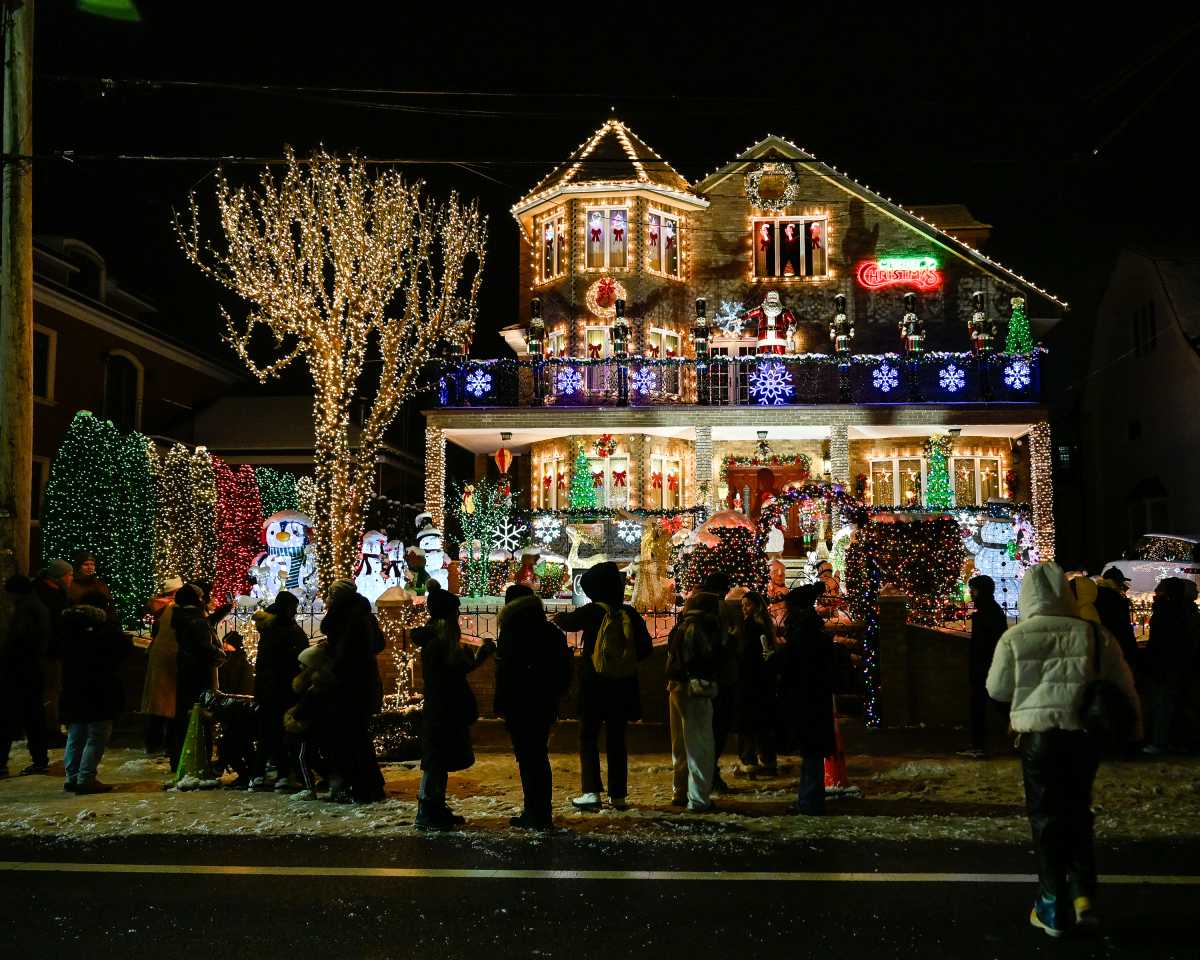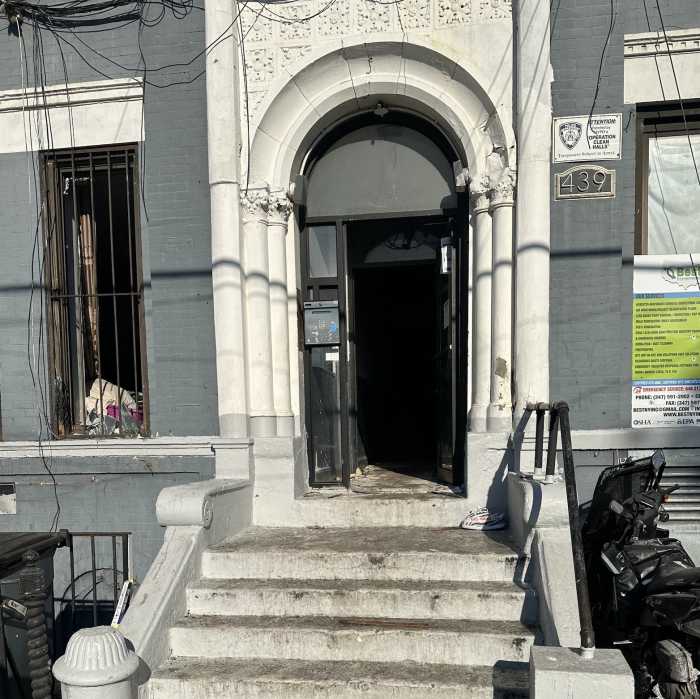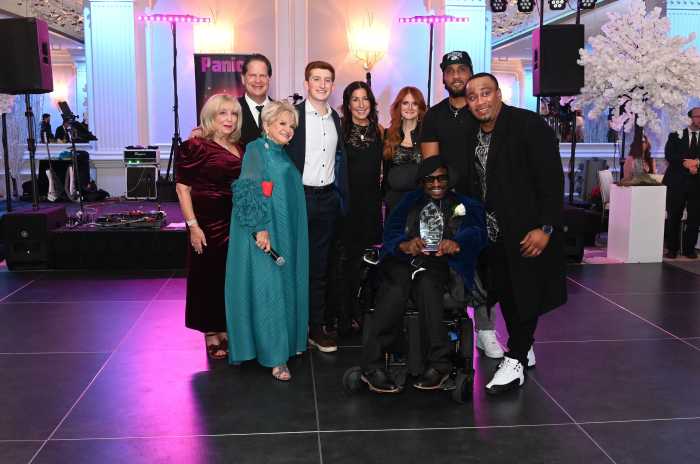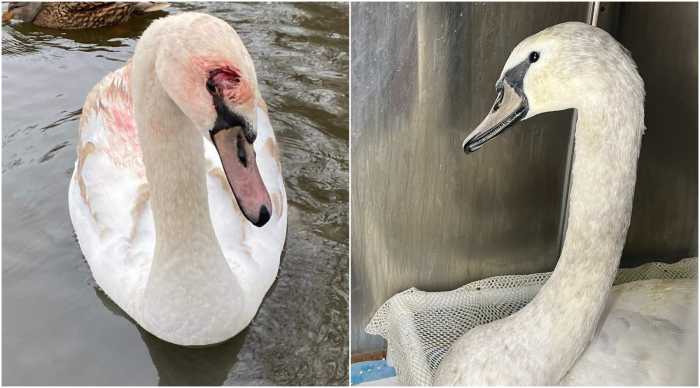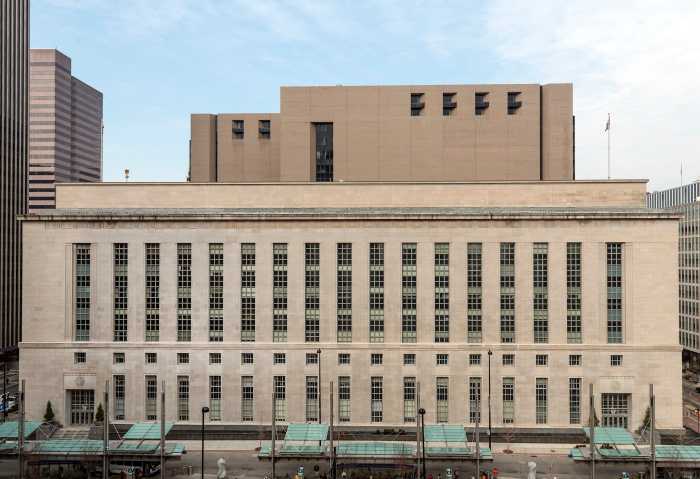By Albert Amateau
West Side residents from Chelsea and the Village eagerly gave their ideas and preferences about the High Line at a community input forum two weeks ago on the proposal to convert the 1.5-mile derelict railroad viaduct into an elevated park between the Gansevoort Market and the Javits Convention Center.
No wheels of any kind — including bikes or rollerblades — plenty of seats, a minimum of commercial intrusion and clear sightlines to make users of the proposed park feel secure were among the priorities submitted to Friends of the High Line at the Oct. 19 forum where James Corner, leader of the Field Operations design team and his associates, outlined a scenario for the future park.
The design team will come back to the community again at a Dec. 2 forum at a place to be announced, with an update on the project, said Peter Mullan, spokesperson for Friends of the High Line, the neighborhood group that has been advocating for the project for more than five years.
More than 100 participants in the Oct. 19 forum broke up into workshop groups that spent two hours on their lists of priorities.
“Don’t put on the High Line what you can see on the street,” said Lee Compton, a member of Community Board 4 who took part in the forum. “On a beautiful spring day there will be a lot of people up there who will need bathrooms,” added Compton, who also urged the design team to think about trash collection from the elevated park.
One group liked the idea of water on the High Line: “Perhaps a waterfall on one of the buildings,” was one aqueous suggestion. “We like the water ideas. No beach but perhaps ponds.”
Providing access to the Hudson River and the Hudson River Park was also a common theme. “The High Line should be a ‘slow lane’ and the Hudson River Park could be a ‘fast lane,’” said one participant.
Art on the walls of buildings facing the High Line came up on many lists, but “no billboards or advertising” was a frequent refrain. Indeed, commercial activity adjacent to the High Line should be kept separate from the park. “The High Line should not be a street or a commercial mall” was a typical admonition.
Many at the forum urged the design team to keep the meditative quality that would make the High Line a refuge from the city. “Strolling, meditating, walking and loafing — the High Line should be slow,” said one neighbor.
Earlier in the month, Mayor Bloomberg announced that the state, the largest owner of property under and adjacent to the line, and CSX, the railroad that now owns the viaduct, have agreed to support a federal application with the city to transfer the rail line to the Rails-for-Trails program. CSX and the city have agreed to manage the High Line jointly until the West Chelsea Plan is completed.
The Bloomberg administration foresees a converted High Line as the backbone of a West Chelsea district that would encourage art galleries to continue to move into West Chelsea. The district is to be rezoned to allow commercial and residential uses.
Also Read: https://www.amny.com/news/im-no-scapegoat-says-nader-at-cooper-union-rally/













